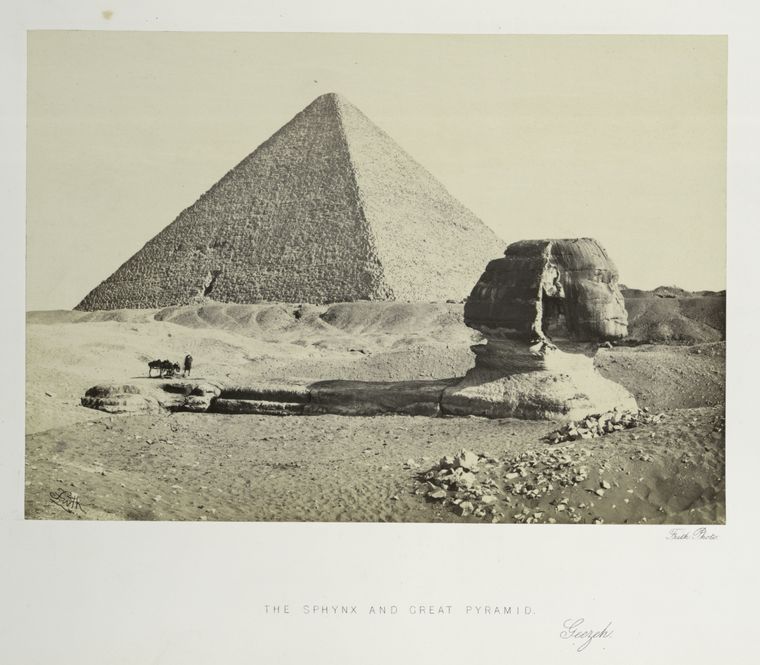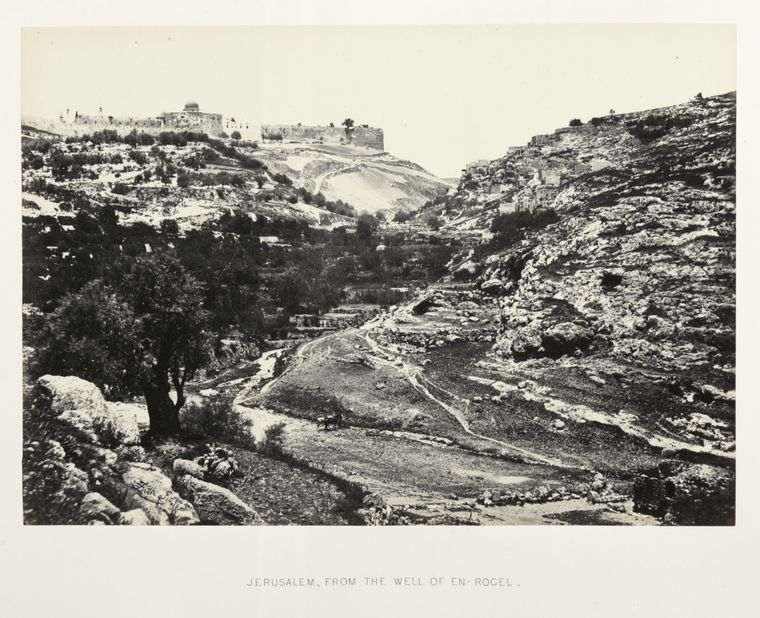Liste
The photographers' Orient
Be it artistic, archaeological or ethnographic, photography accompanied travellers as of the mid-19th century.
- Zangaki et Abdullah frères ...
- G. Lekegian Collection of...
- M. Jusserand Souvenirs d...
- Jean Pascal Sebah Photos...
These documents are the work of a mediocre amateur who barely mastered the techniques of photography, but was unconcerned by this, given that they were reserved for private use, with no intention of publishing or exhibiting them.
Born in 1820 in the milieu of Parisian tradesmen, Le Gray soon abandoned his law studies, which his parents had desired, to devote himself to painting. In the studio of Paul Delaroche, he met two great future photographers, Charles Nègre and Henri Le Secq.
Maxime Du Camp took photographs while travelling with Gustave Flaubert and for a book: Égypte, Nubie, Palestine et Syrie. Dessins photographiques recueillis pendant les années 1849, 1850 et 1851 (Gide & J. Baudry, 1852).
The two albums coming from the Smith-Lesouëf collection and kept in the Department of Stamps and Photographs at the BnF include 119 prints of a trip to Egypt in 1869-1870 taken by the photographers Auguste Rosalie Bisson and Édouard Welling for Léon & Lévy.
Félix Bonfils and his wife Lydie (1837-1918) came from Saint Hippolyte du Fort in the Gard. As a binder, then a printer, and finally a photographer trained by Niépce de Saint Victor, Félix Bonfils stayed in Lebanon in 1860 during France’s military expedition.
Recently rediscovered, the photographer Beniamino Facchinelli (1839-1895) took over a thousand pictures of a monumental and picturesque Cairo.
As an artist, scholar and early daguerreotypist, Joseph-Philibert Girault de Prangey became renowned as a pioneer of photography a century and a half after his journey to the Middle East.
The practice of photography for Devéria was closely linked to the documentation of excavations and the framing of his prints should be understood in this context.
During a journey, lasting from June 1859 to October 1862, which took him from the south of France to Lebanon, via Sicily, Louis Vignes took 52 negatives on small format paper, and made his own prints on salted paper. It is a personal, documentary series, but of very great quality.






